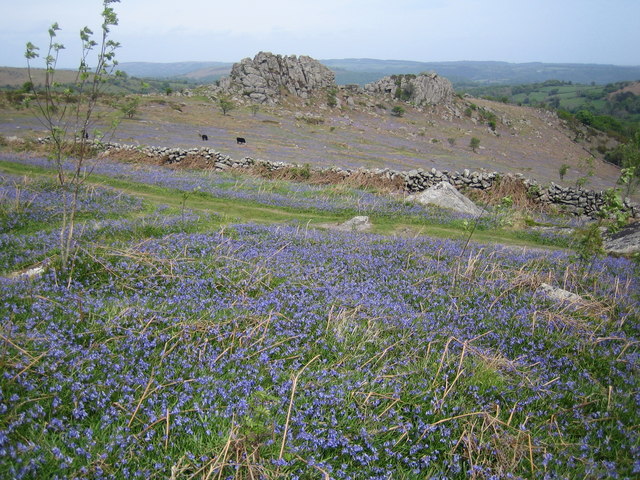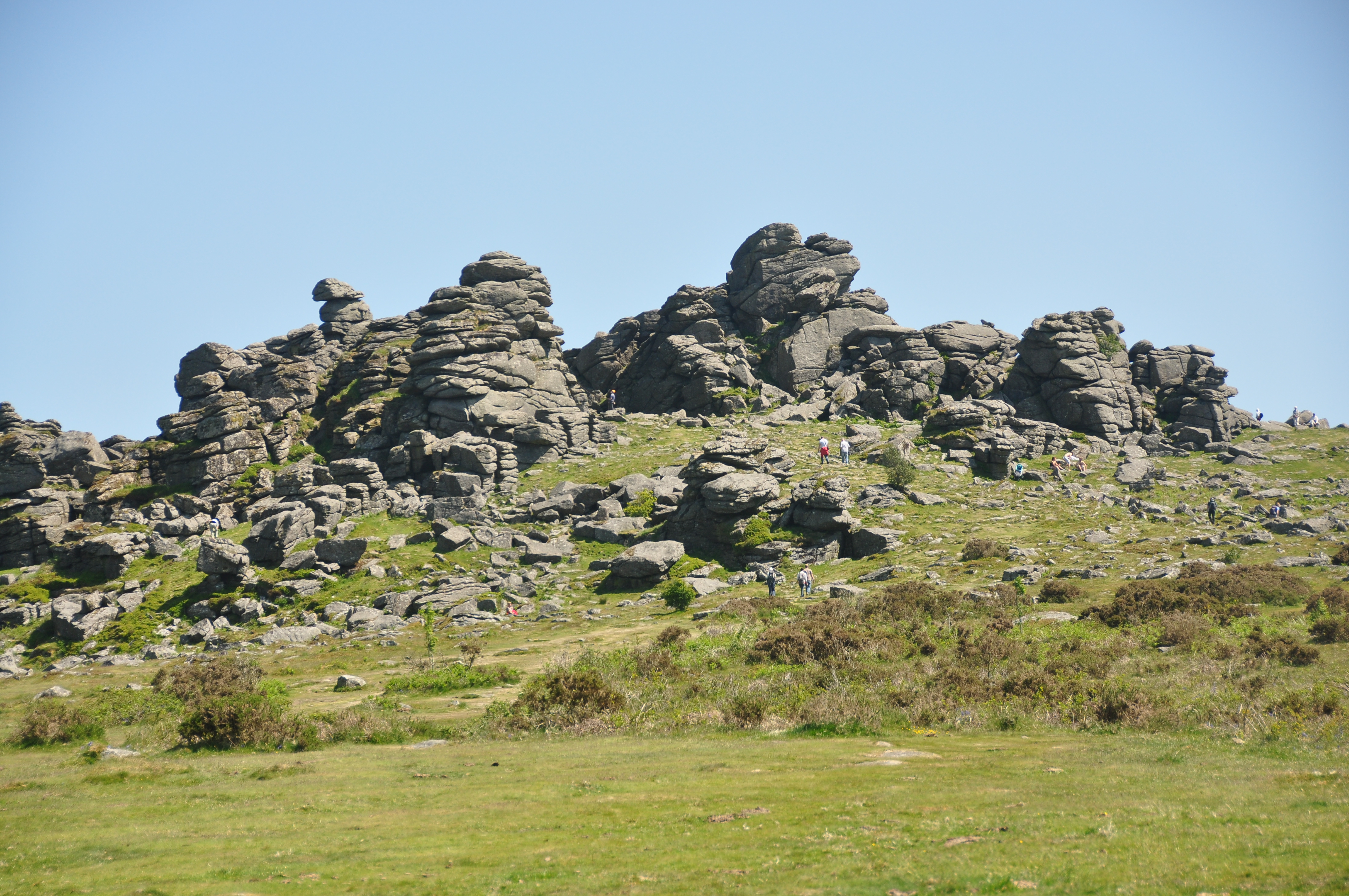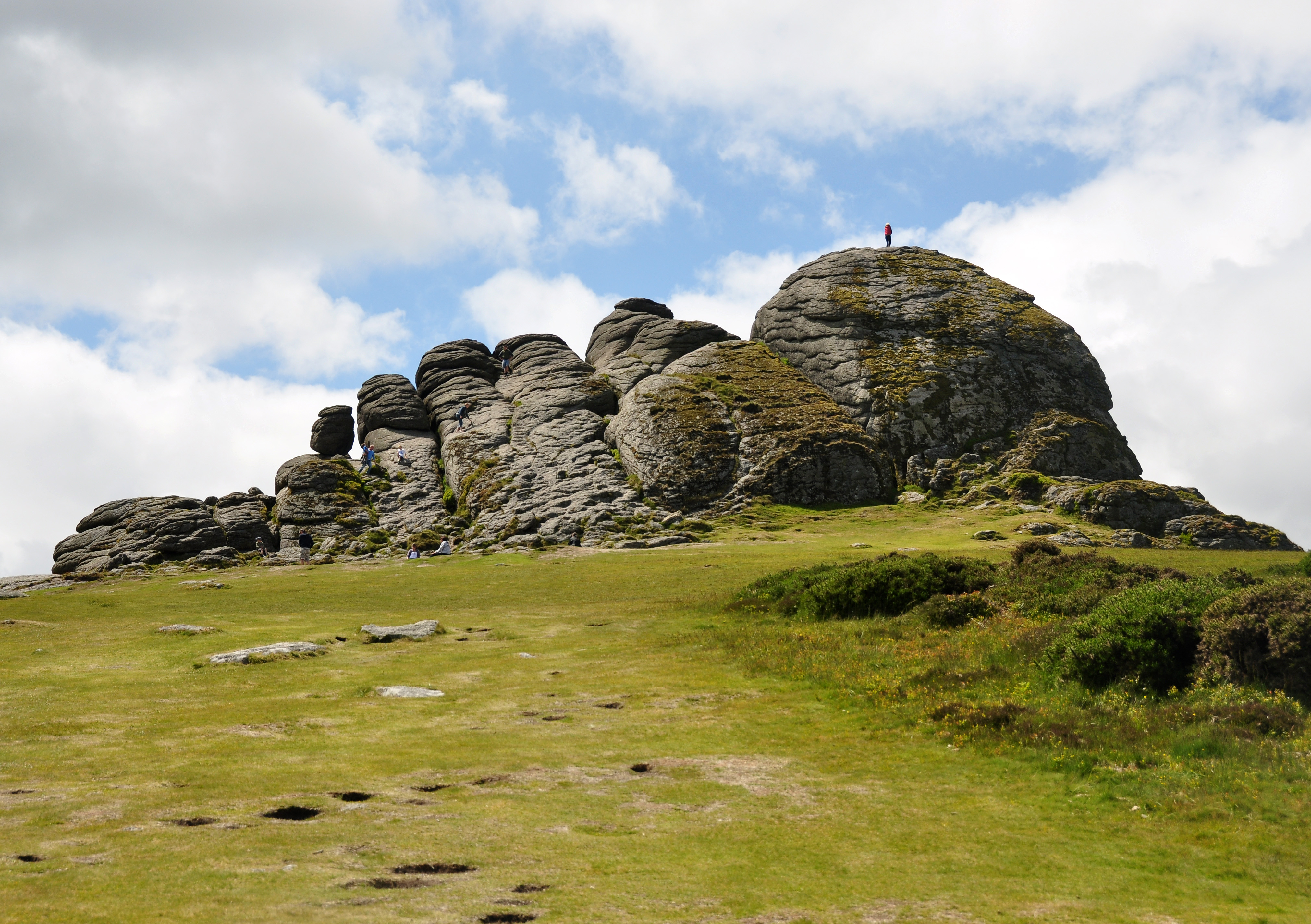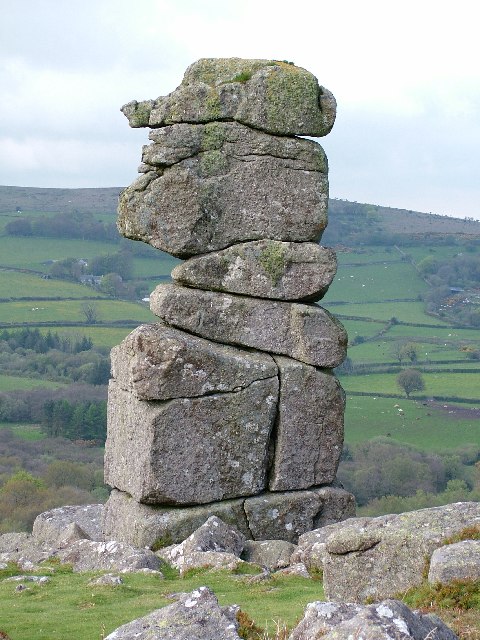Hundatora Village
Heritage Site in Devon Teignbridge
England
Hundatora Village

Hundatora Village, located in Devon, England, is a picturesque and historic heritage site that attracts visitors from all over the world. Situated amidst rolling green hills and charming countryside, this quaint village has a rich history and is renowned for its well-preserved architecture and traditional English charm.
Dating back to the 14th century, Hundatora Village boasts a range of historical buildings, including a medieval church, that showcase the village's cultural heritage. The stone cottages, with their thatched roofs and colorful gardens, offer a glimpse into the village's past and have been lovingly maintained by the local community.
The village is also home to several local businesses, including a traditional pub, serving hearty meals and locally brewed ales. Visitors can enjoy a leisurely stroll through the village, stopping to explore the various craft shops and galleries that showcase the work of local artisans.
Nature enthusiasts will find plenty to explore in the surrounding area, with numerous walking trails that weave through the scenic countryside. The village is also located near a designated Area of Outstanding Natural Beauty, providing opportunities for outdoor activities such as hiking, cycling, and birdwatching.
Hundatora Village is a popular destination for history buffs, nature lovers, and those seeking a peaceful retreat away from the hustle and bustle of city life. With its well-preserved heritage buildings, stunning natural surroundings, and warm hospitality, it is no wonder that Hundatora Village continues to captivate visitors and remains a cherished part of Devon's cultural landscape.
If you have any feedback on the listing, please let us know in the comments section below.
Hundatora Village Images
Images are sourced within 2km of 50.592/-3.773 or Grid Reference SX7478. Thanks to Geograph Open Source API. All images are credited.













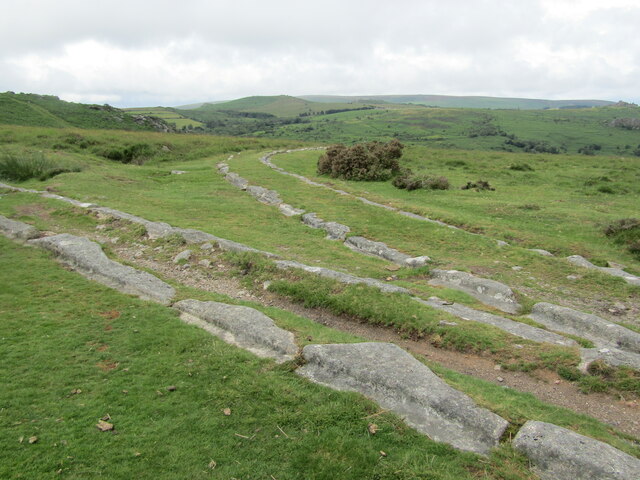

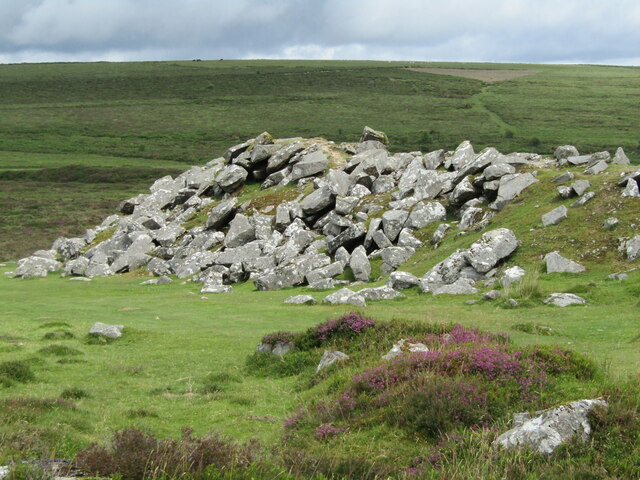
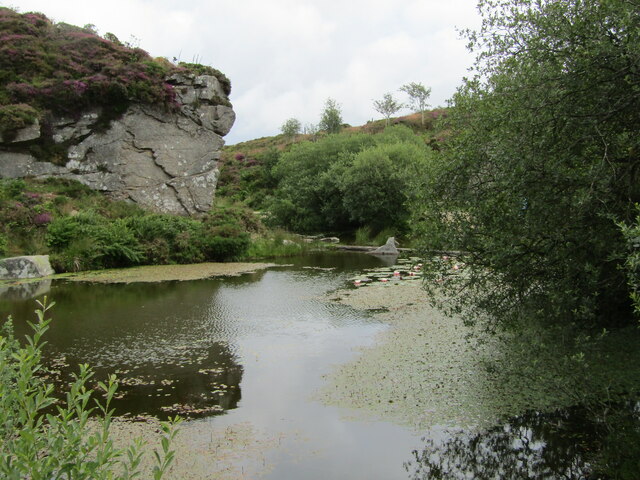
Hundatora Village is located at Grid Ref: SX7478 (Lat: 50.592, Lng: -3.773)
Administrative County: Devon
District: Teignbridge
Police Authority: Devon and Cornwall
What 3 Words
///powers.spurring.masterpiece. Near Bovey Tracey, Devon
Nearby Locations
Related Wikis
Greator Rocks
Greator Rocks, Greater, or Grea Tor, is a dramatic granite tor on Dartmoor, England. It is a common climbing tor, like nearby Hound Tor. It is 371m above...
Hundatorra
Hundatorra or Hundetorre is a deserted medieval village near Hound Tor on Dartmoor, Devon. The site has seen two periods of historic occupation, the first...
Hound Tor
Hound Tor is a tor on Dartmoor, Devon, England and is a good example of a heavily weathered granite outcrop. It is easily accessible, situated within a...
Haytor Granite Tramway
The Haytor Granite Tramway (also called Heytor) was a tramway built to convey granite from Haytor Down, Dartmoor, Devon to the Stover Canal. It was very...
River Lemon
The River Lemon is a 9.9 miles (15.9 kilometres) river in the county of Devon in southwest England. It is a tributary of the River Teign, starting on Dartmoor...
Haytor
Haytor, also known as Haytor Rocks, Hay Tor, or occasionally Hey Tor, is a granite tor on the eastern edge of Dartmoor in the English county of Devon....
Jay's Grave
Jay's Grave (or Kitty Jay's Grave) is supposedly the last resting place of a suicide victim who is thought to have died in the late 18th century. It has...
Bowerman's Nose
Bowerman's Nose is a stack of weathered granite on Dartmoor, Devon, England. It is situated on the northern slopes of Hayne Down, about a mile from Hound...
Nearby Amenities
Located within 500m of 50.592,-3.773Have you been to Hundatora Village?
Leave your review of Hundatora Village below (or comments, questions and feedback).

